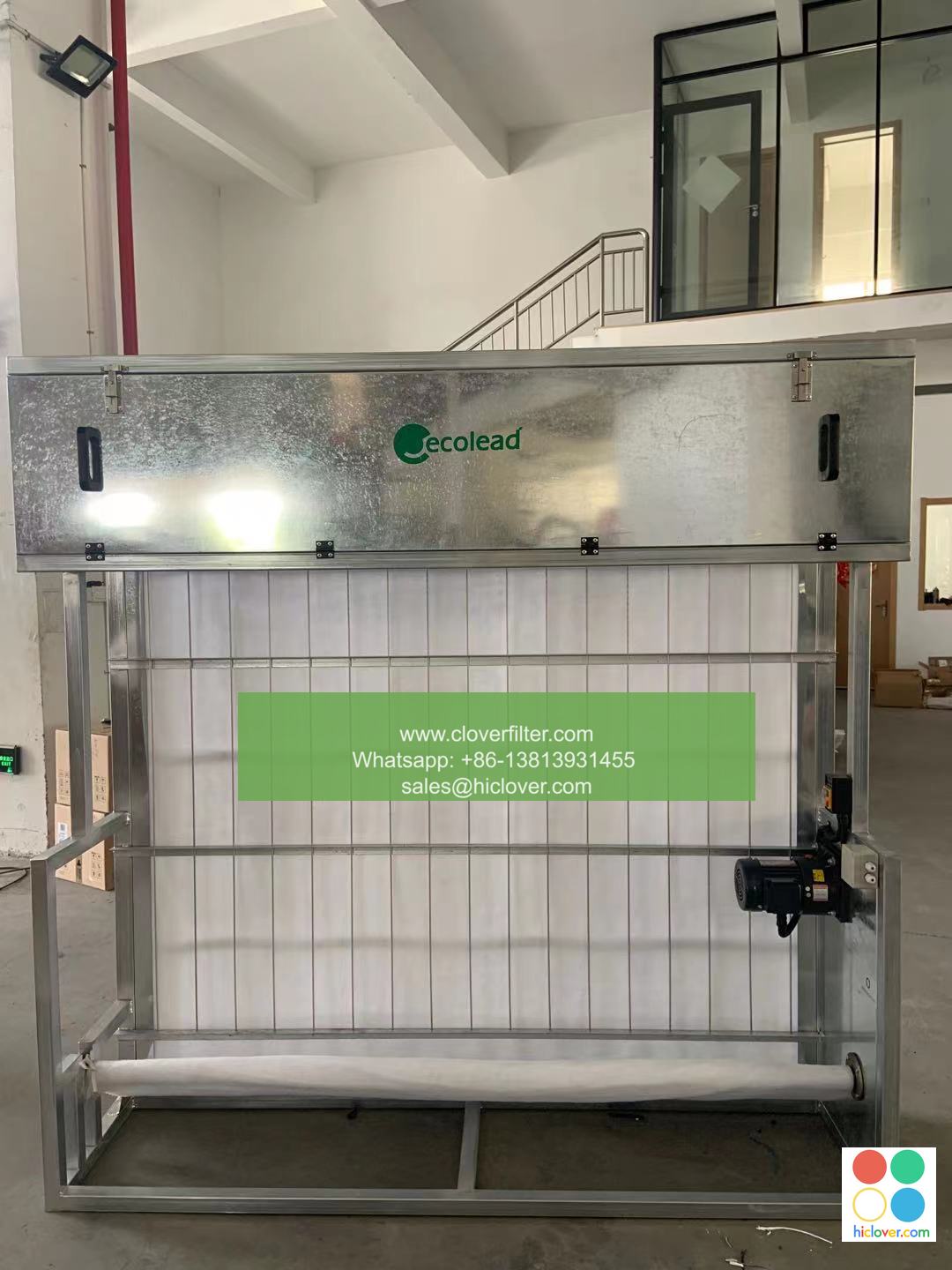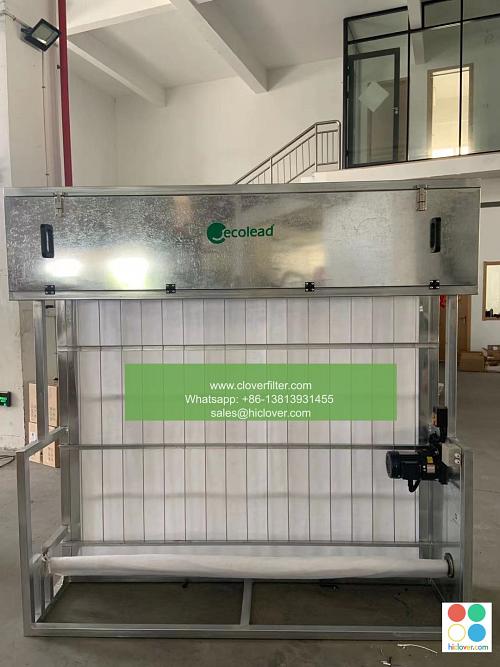Removing Old Air Pollen Filters How Safe Is Filter To Remove During Breathing

Air pollution has become a significant concern in recent years, and one of the most effective ways to combat it is by using air pollen filters. These filters are designed to capture pollutants and allergens, providing clean air to breathe. However, like any other filter, they need to be replaced regularly to maintain their effectiveness. In this article, we will discuss the safety of removing old air pollen filters during breathing and highlight various application areas where they are used.
What are Air Pollen Filters?
Air pollen filters, also known as HEPA filters (High Efficiency Particulate Air), are designed to capture 99.97% of particles as small as 0.3 microns, including pollen, dust, mold, and other airborne pollutants. They are commonly used in air purifiers, vacuum cleaners, and HVAC systems to provide clean air and improve indoor air quality.
Why Remove Old Air Pollen Filters?
Removing old air pollen filters is crucial to maintain their effectiveness and ensure clean air. Over time, these filters can become clogged with pollutants, reducing their ability to capture new particles. If not replaced, they can even become a breeding ground for bacteria and mold, which can exacerbate respiratory issues like asthma and allergies. Regular replacement of air pollen filters is essential to prevent the buildup of pollutants and maintain good indoor air quality.
Safety of Removing Old Air Pollen Filters During Breathing
Removing old air pollen filters during breathing is generally safe, but it’s essential to take some precautions. When removing the filter, it’s possible to release the trapped pollutants into the air, which can be harmful to breathe. To minimize exposure, it’s recommended to:
* Turn off the air purifier or HVAC system before removing the filter
* Wear a mask or respirator to prevent inhaling pollutants
* Remove the filter in a well-ventilated area to prevent the buildup of pollutants
* Dispose of the old filter properly, following the manufacturer’s instructions
Application Areas of Air Pollen Filters
Air pollen filters have a wide range of applications, including:
* Residential air purifiers to improve indoor air quality and reduce allergies
* Commercial air purifiers to maintain clean air in offices, restaurants, and other public spaces
* Industrial air purifiers to remove pollutants and particulate matter in manufacturing facilities
* Vehicle air purifiers to improve air quality in cars, buses, and other vehicles
* Medical facilities to maintain clean air and prevent the spread of airborne diseases
Conclusion
Removing old air pollen filters is an essential maintenance task to ensure clean air and prevent the buildup of pollutants. While it’s generally safe to remove old filters during breathing, it’s crucial to take precautions to minimize exposure to trapped pollutants. By understanding the importance of air pollen filters and their application areas, we can take steps to improve indoor air quality and reduce the risks associated with air pollution. Remember to always follow the manufacturer’s instructions and take necessary precautions when removing old air pollen filters to ensure a safe and healthy breathing environment.
It seems like you’re looking for a prompt to get started. Here are a few options across different categories:
Creative Writing
- The Last Memory: Write a story about a character who is trying to hold on to their last memory of a lost loved one.
- Future World: Imagine a world 100 years into the future and describe a typical day in the life of its inhabitants.
- The Mysterious Box: You find a mysterious box in your attic. What’s inside, and how does it change your life?
Personal Development
- Goal Setting: Reflect on what you want to achieve in the next year. Write down your goals and a step-by-step plan to accomplish them.
- Overcoming Fear: Think about something you’ve always wanted to do but were too afraid to try. Write a motivational letter to yourself to take the leap.
- Gratitude Journal: Write about three things you’re grateful for today and why they’re important to you.
Technology and Science
- The Ethics of AI: Discuss the ethical implications of creating artificial intelligence that surpasses human intelligence.
- Sustainable Future: Propose a plan for how technology can be used to create a more sustainable environment globally.
- Space Exploration: Imagine humanity has established its first colony on Mars. Describe the challenges faced and the solutions found.
History and Culture
- A Day in Ancient Civilization: Choose an ancient civilization and describe what a typical day would be like for one of its citizens.
- Cultural Exchange: Imagine you’re an ambassador from your country to another. Write a speech about the cultural practices and values you’d like to share and learn.
- Historical Figure’s Diary: Write a diary entry from the perspective of a historical figure, exploring their thoughts, challenges, and aspirations.
Fun and Games
- Character Backstory: Create a character for a role-playing game. What’s their history, motivation, and goal?
- Escape Room Challenge: Design an escape room. What’s the theme, and what puzzles would players need to solve to escape?
- Dream Vacation: Plan your dream vacation. Where would you go, what would you do, and why is this trip important to you?
Pick any of these prompts or feel free to modify them to suit your interests!

